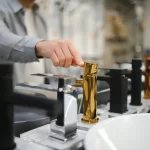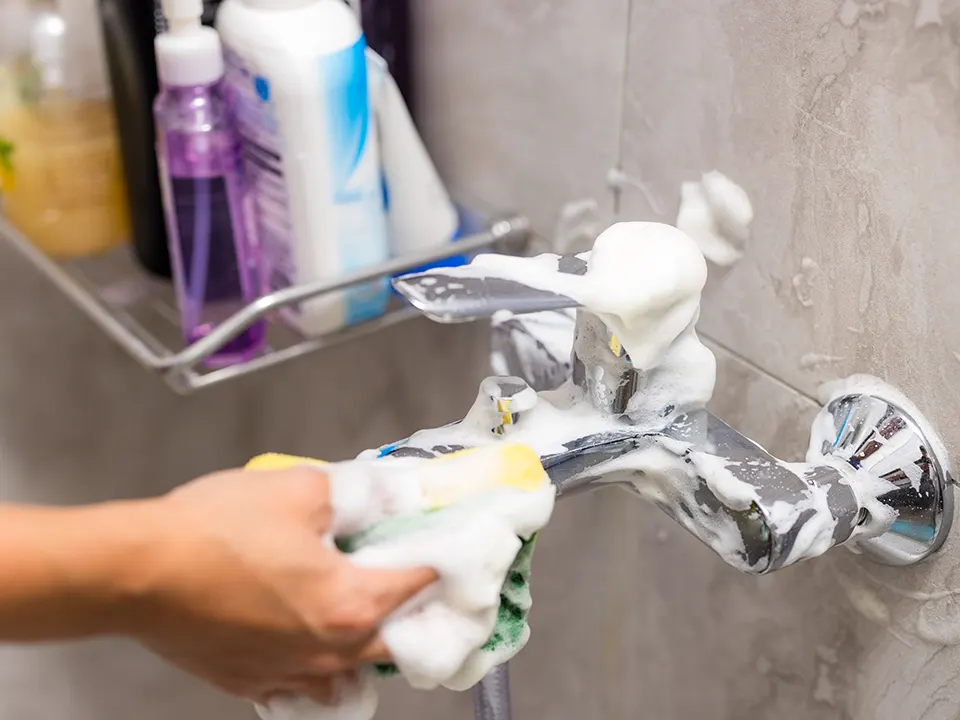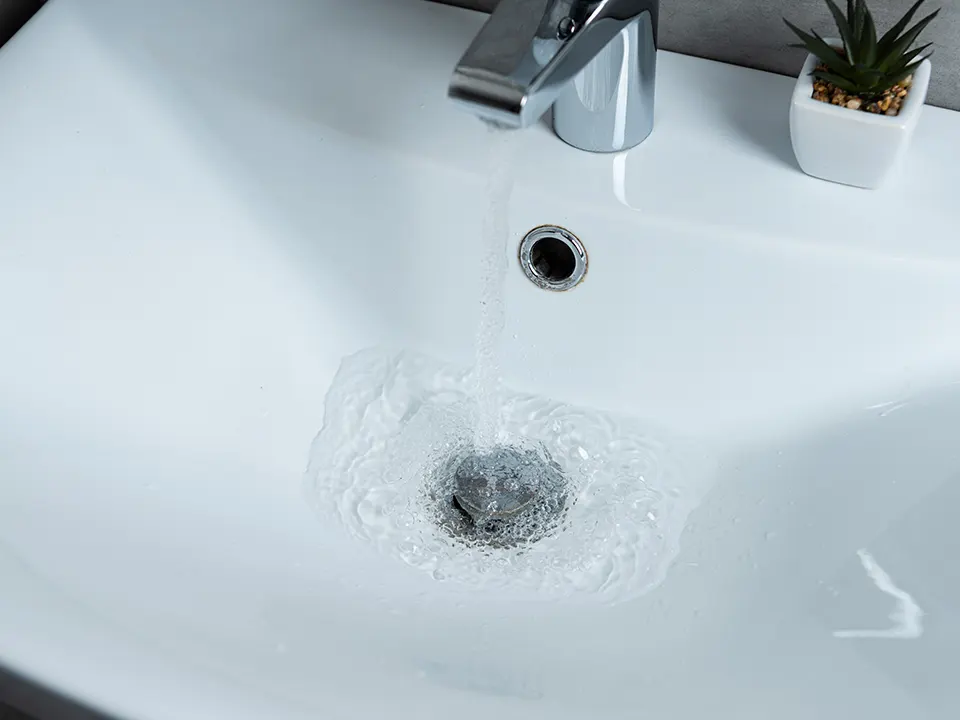
How to Fix a Leaky Faucet in 7 Simple Steps
November 29, 2024A clogged drain can be a frustrating problem that slows you down in the kitchen, bathroom, or laundry room. Fortunately, with a few simple tools and techniques, you can often tackle these clogs yourself. Knowing how to handle clogs properly will help keep your pipes clear and prevent unnecessary plumbing issues. Here’s your guide to DIY drain cleaning from start to finish.
Understanding Why Drains Get Clogged
Clogs happen when a combination of materials builds up in the pipe, blocking water flow. For kitchen sink drains, the culprits are usually grease, food particles, and oils. In bathroom sinks and showers, soap scum and hair are the usual offenders. Over time, these materials stick together, slowing down your drainage or blocking it entirely. Learning how to safely and effectively unclog a drain can save you time and money and keep your plumbing in good shape.
Step-by-Step DIY Methods for Unclogging a Drain
Start by Removing Any Standing Water
Begin by removing any standing water from the sink. Use a cup or small bowl to scoop out as much water as possible. This step will make it easier to reach the clog and allow drain-cleaning solutions to work more effectively.
Pour Boiling Water Down the Drain
Pouring boiling hot water down your drain is one of the simplest ways to tackle a clog, especially for kitchen sinks where grease may have built up. Boiling water can help break down grease, oil, and minor clogs. Be cautious, though – if you have PVC pipes, wait a few minutes after boiling to avoid potential damage.
Use Baking Soda and Vinegar
One of the best-known DIY drain cleaners is a combination of baking soda and vinegar. Start by shaking about a cup of baking soda down the drain, followed by a cup of vinegar. Cover the drain opening to let the mixture work on the clog. After about 15 minutes, run hot water to flush out the loosened debris. This method usually works well for minor clogs caused by grease or soap scum.
Try Using a Plunger
If boiling water and DIY cleaners don’t do the trick, reach for a plunger. A plunger can be effective for unclogging a sink drain. Cover the drain with the plunger, creating a tight seal, then use firm, even pumps to dislodge the clog. This works well in kitchen sink drains and bathroom sinks, especially when the clog is close to the drain opening.
Use a Drain Snake
When you’re dealing with a stubborn clog, a drain snake can be very effective. Feed the snake down the drain until you reach the blockage, then rotate it to break up the clog. This tool is great for hair and other debris that may be caught deeper in the pipes. Just make sure to use it gently to avoid scratching the pipes.
Avoid Harsh Chemicals
Although harsh chemicals can sometimes break down clogs, they can also damage your plumbing. Most commercial drain cleaners contain powerful chemicals that are not only harsh on pipes but also harmful to the environment. Stick to gentler methods, like diy drain cleaners made with baking soda and vinegar, whenever possible.
What Doesn’t Work: Common Mistakes to Avoid
While some DIY methods are safe and effective, there are also methods that may do more harm than good. Here’s what to avoid:
Using Harsh Chemical Drain Cleaners Regularly
Overuse of chemical cleaners can damage your pipes over time, leading to leaks or even pipe corrosion. They’re best avoided if you want to keep your plumbing in good shape.
Pouring Oil or Grease Down the Drain
Pouring oil down the drain is a recipe for clogs. It cools and solidifies in the pipes, building up over time. Always dispose of oil and grease in a container and throw it away in the trash.
Using a Metal Hanger as a Snake
Although it may be tempting to use a hanger, it can easily scratch or damage your pipes. A plastic drain snake or even a small plunger is much safer for your plumbing system.
Preventive Tips to Keep Drains Clear
It’s easier to prevent clogs than to deal with them. Here are a few tips for keeping your drains clear:
Run Hot Water Regularly
Make it a habit to run hot water down your kitchen and bathroom drains weekly to prevent buildup. This flushes away any minor blockages and keeps the drains working smoothly.

Use a Drain Catcher
Place drain catchers over the openings of your sink drain and bathroom sinks to catch hair, food particles, and other debris. These small screens are affordable and prevent a lot of material from entering your pipes.
Avoid Pouring Grease or Food Waste Down the Sink
Grease, oils, and coffee grounds can build up and clog your kitchen sinks. Dispose of these materials in the trash or compost rather than down the drain.
When to Call a Professional Plumber
While DIY solutions are helpful, there are times when a clogged drain needs the expertise of a plumber. Here are some signs it’s time to call in a professional:
- Recurring Clogs: If you find yourself unclogging the same drain over and over, there may be a bigger issue deeper in the pipes.
- Water Backing Up: Water backing up in multiple fixtures (like the sink, shower, and toilet) often indicates a more significant blockage in the main line.
- Slow Draining Despite Multiple Attempts: If you’ve tried all the DIY methods and the drain is still sluggish, a plumber can provide a more thorough drain cleaning.
- Strong Odours: Persistent odours coming from the drain might mean something is stuck deeper in the pipes, requiring professional attention.
Plumb Pro provides reliable and efficient drain cleaning services for Kelowna homeowners who need a hand. We offer effective solutions that prevent clogs from reoccurring, ensuring your home’s plumbing system runs smoothly. Whether it’s a kitchen sink clog or a full drain cleaning, our team is here to help.
Final Thoughts
Learning how to unclog a drain using DIY methods safely can save you time and hassle. Remember, though, that some situations require professional help to protect the integrity of your pipes. If you’re in doubt, don’t hesitate to contact Plumb Pro & Drain for trusted drain cleaning and maintenance services, with same-day appointments available!




